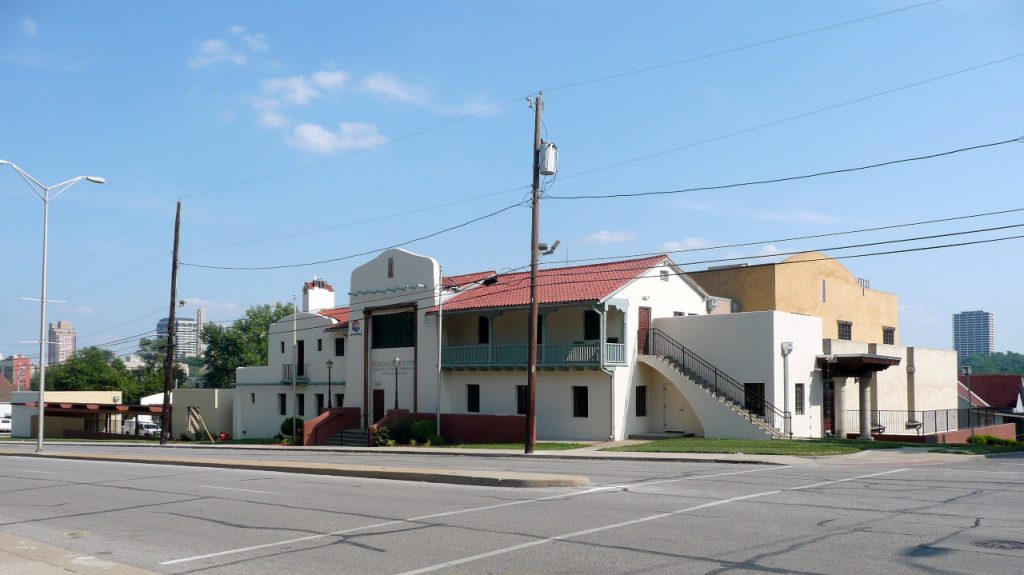Sunday: Workshop Welcome
Originally the First National Bank Building, the building that houses the central branch of the Kansas City Public Library was constructed in 1906 and remodeled in 1926. The Kansas City Public Library moved to this historic building in 2004. We will meet in the Helzberg Auditorium (5th Floor), which next to the Missouri Valley Room, a vast archival resource for Kansas City history.
Before an opening reception and dinner, program faculty will introduce participants to the historic themes and schedule for the workshop, the final project assignment, and the research tools available on The Pendergast Years website.
Featured Speakers: David LaCrone, Jason Roe, and David Trowbridge.
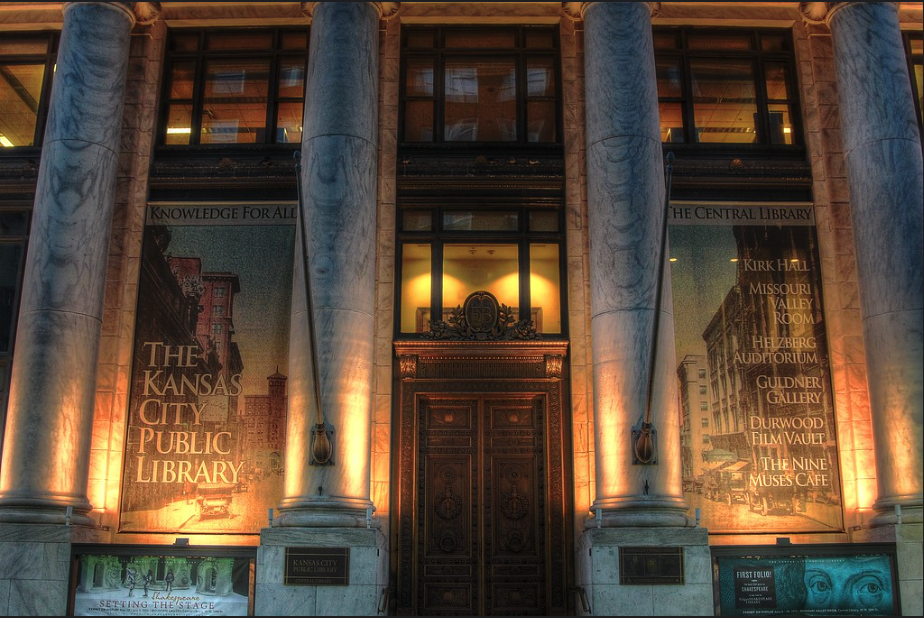
Monday: Culture at an American Crossroads
On Monday, NEH Educators will experience Kansas City’s built and cultural environment and learn how its residents’ artistic output and urban development policies influenced national trends.
After a bus tour of Downtown Kansas City, participants will visit the Thomas Hart Benton Home and Studio State Historic Site. Benton is Missouri’s most famous twentieth-century painter and one of the nation’s most influential artists of American Regionalism. He studied and worked in Chicago, Paris, and New York before returning to Missouri in 1935. Hired to teach painting at the Kansas City Art Institute, he bought this house in 1939 and lived there until he died in 1975. Benton developed friends in the city’s creative and cultural community and was commissioned to paint major works for the State Capitol and the Truman Library and Museum. He was proud of creating common art for the common man as well as his efforts to enhance Kansas City’s reputation as a cultural mecca. His studio in the adjacent carriage house was left exactly as it was when he died.
Through a critical engagement with the Country Club Plaza and Country Club District, participants will examine Kansas City real estate developer J.C. Nichols’ design sensibility and urban planning achievements while also grappling with the long legacy and consequences of his discriminatory practices—particularly his pioneering efforts to promote racially restrictive covenants in his neighborhoods. As a premier developer of his day, Nichols influenced national conversations about community design and strategies to protect property values, ultimately setting the course for increased racial residential segregation and urban inequality across the nation.
NEH Educators will participate in a walking and bus tour of the District. Created and developed by Nichols in 1923, the Country Club Plaza is the first U.S. shopping center designed for the automobile. The original buildings have a unified Spanish revival style, featuring fountains, statues, and outdoor cafes. Nichols also planned and built surrounding neighborhood communities, which featured winding roads, small parks, and restrictions on building styles, costs, and ownership.
After lunch, participants will visit the Nelson-Atkins Museum of Art. When the museum opened in 1933, it symbolized the city boosters’ dreams for the growing city. Today, this world-class art museum contains a significant collection of early twentieth-century American art. There, participants will tour the American Art wing, listen to a scholarly lecture on Thomas Hart Benton, and engage in an interactive workshop on bringing art into the classroom.
Featured Speakers: William Worley, Steve Sitton, Henry Adams, and Bonnie Thomas.
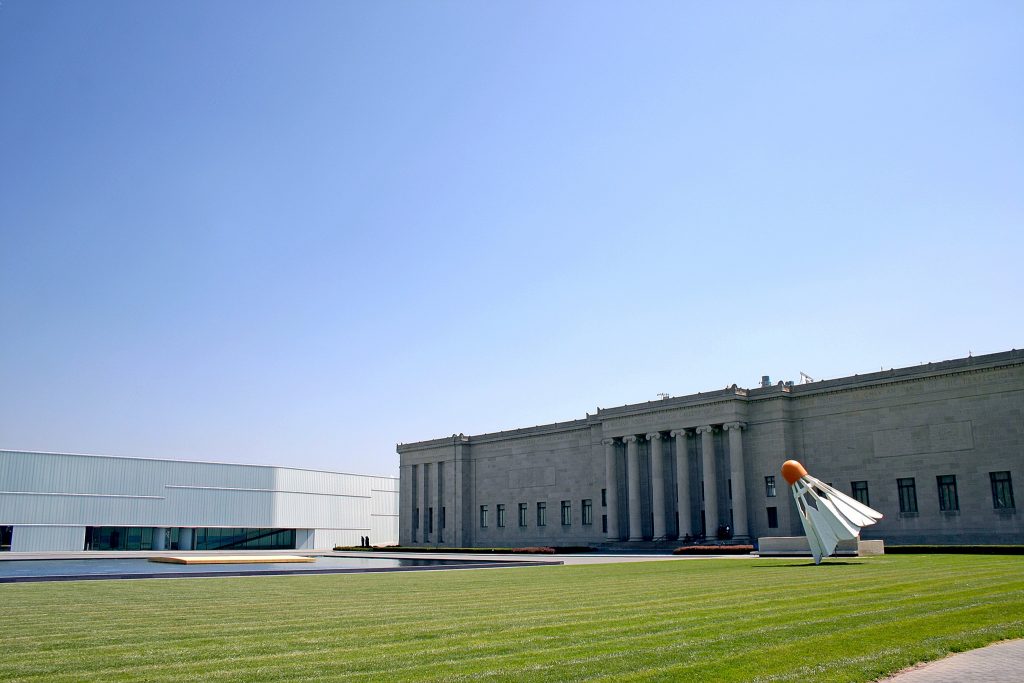
Tuesday: Monuments and Memory
On Tuesday, NEH Educators will learn about the National World War I Museum and Memorial. Designated by the US Congress as the nation’s official World War I Museum and a National Historic Landmark, this is an especially significant site to explore the effects of this global conflict on Kansas City and the nation in the two decades following the war. The Liberty Memorial was financed by individual contributions from the region’s residents to honor those who served in the Great War. In 1921, all five allied commanders gathered before a crowd of over 100,000 for the site’s dedication. In 1926, President Calvin Coolidge officially opened the Egyptian revival-style monument. At the turn of the 21st century, Kansas City citizens voted to approve a sales tax to pay for the restoration of the memorial and to create a new museum that opened in 2006. This state-of-the-art institution contains recreations of trenches and exhibits explaining the origins of the war and its effects on ordinary civilians and the military.
Participants will have extensive time to explore the exhibits of this world-class museum. In addition, they can examine the rich archival resources of the museum and contemplate best practices for incorporating museum content into their teaching. NEH Educators will also examine the architecture of the impressive 1920s monument and can take a ride to the top for arguably the best view of the city.
By engaging with the National World War I Museum and Memorial, participants will learn about the important role that the memorial has played in the civic life of Kansas City as well as explore how the meanings attached to the memorial have changed over time. The memorial initially helped fulfill Kansas Citians’ dreams for their city in addition to honoring the American men who died in service in WWI. Today, the museum and memorial educate the public on the history of the Great War.
Featured Speakers: Keith Eggener, Stacie Petersen, and Cherie Kelly.
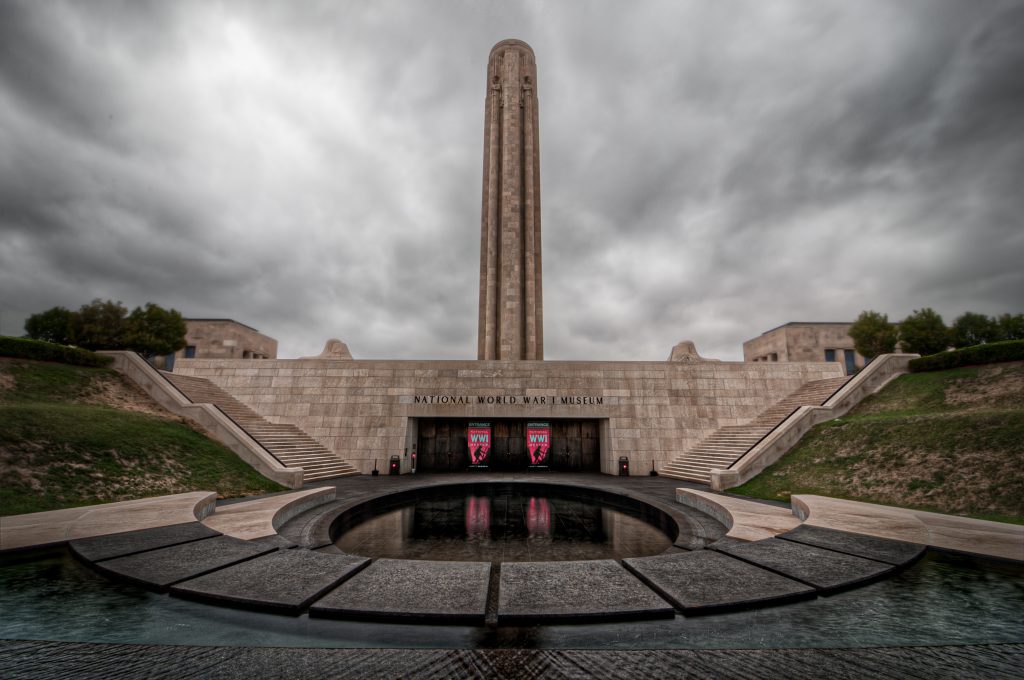
Wednesday: Politics and Progress in Kansas City’s Golden Age
On Wednesday, participants will examine how Kansas City-style Democratic politics shaped the nation for much of the 20th century. There is no better place to explore this story than in Independence, Missouri, the hometown of the man who took this form of politics to a national stage.
Opened in 1957 and newly renovated in 2021, the Harry S. Truman Presidential Library and Museum houses Truman’s personal and presidential files, oral histories, audio-visual collections, and over 10,000 books on his personal life and presidency. The museum’s exhibits outline Truman’s personal story and the history of his presidency. Participants also will have the opportunity to view artifacts and documents related to Truman’s life and presidency and to conduct research for their lesson plans.
During their visit, NEH Educators will will participate in an experiential learning exercise at the White House Decision Center where they will simulate Truman’s 1948 decision to desegregate the armed forces and analyze how the racial politics of Kansas City influenced both his worldview and the Democratic coalition that emerged in mid-century America. This “hands on” approach to history provides an authentic understanding of the power and pressures of the presidency.
During an extended lunch, participants will have an opportunity to explore Independence Square and visit the old Jackson County Courthouse and the Jackson County Historical Society, where they can view the office and courtroom where Truman presided as county judge. NEH Scholars can also visit the Harry S. Truman National Historic Site, which is operated by the National Park Service. It is a modest Victorian house built by Mrs. Truman’s grandfather in 1867. The Trumans lived there after their marriage in 1919 and it was known as the Summer White House while President Truman was in office (1945-1953). Truman lived in this house until his death in 1972.
Featured Speakers: Jeffrey Pasley and Mark Adams.
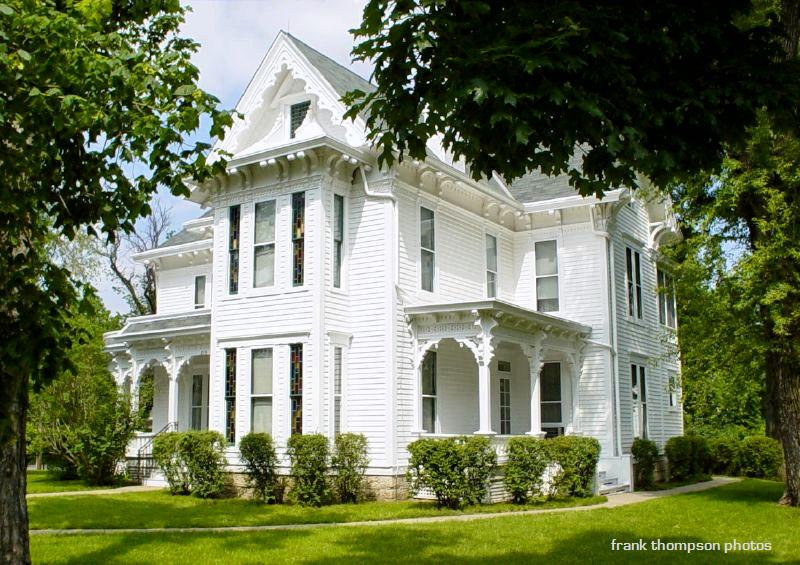
Thursday: Breaking Barriers in a Segregated City
Thursday’s activities will focus on the 18th and Vine Historic District, a historically segregated African American neighborhood on Kansas City’s east side. During the early decades of the 20th century, 18th and Vine was a thriving residential and business district. The neighborhood was the heart of the city’s famous Prohibition era club scene, the cradle of the Kansas City Jazz, and the home of the Kansas City Monarchs (Jackie Robinson’s baseball team before he integrated Major League Baseball).
After a walking tour of the historic district, NEH Educators will visit the Negro Leagues Baseball Museum, the only museum in the world dedicated to preserving and celebrating African American baseball history and its role in the social advancement of the United States. While at the American Jazz Museum, participants will engage with interactive exhibits that showcase the sights and sounds of jazz, and examine this genre’s impact in Kansas City, the nation, and the world. NEH Educators will also have an opportunity to learn about the museums’ educational resources and how they can incorporate them into their classrooms.
Participants will also visit Black Archives of Mid-America where they will explore exhibits and public materials that document the social, economic, political, and cultural histories of African Americans in the central region of the United States. There, NEH Educators will hear about the history of 18th and Vine from the perspectives of community members.
Later in the day, participants will visit the Mutual Musicians Foundation to hear from local jazz musicians about the important role that the organization has played in the Kansas City music scene and in the preservation and dissemination of the KC jazz style. Originally the Colored Musicians Local 627, the Foundation was organized in 1930 as a social club for musicians and fans. It was named a National Historic Landmark in 1981 and is known locally for its Friday and Saturday late night jam sessions. After a closing dinner, Scholars will have the chance to experience a jazz jam session.
By engaging with the sites and history of the 18th and Vine Historic District, NEH Scholars will learn about how the city’s Black community faced racial segregation and discrimination, while at the same time created a vibrant community and took advantage of the opportunities presented by the wide-open nature of Pendergast era Kansas City. In the process, this community made major contributions to the cultural heritage of the United States.
Featured Speakers: Chuck Haddix, Geri Sanders, Cathi Moss, James McGee, Dr. Carmeletta Williams, Alvin Brooks, Melissa Robinson, and Lonnie McFadden.
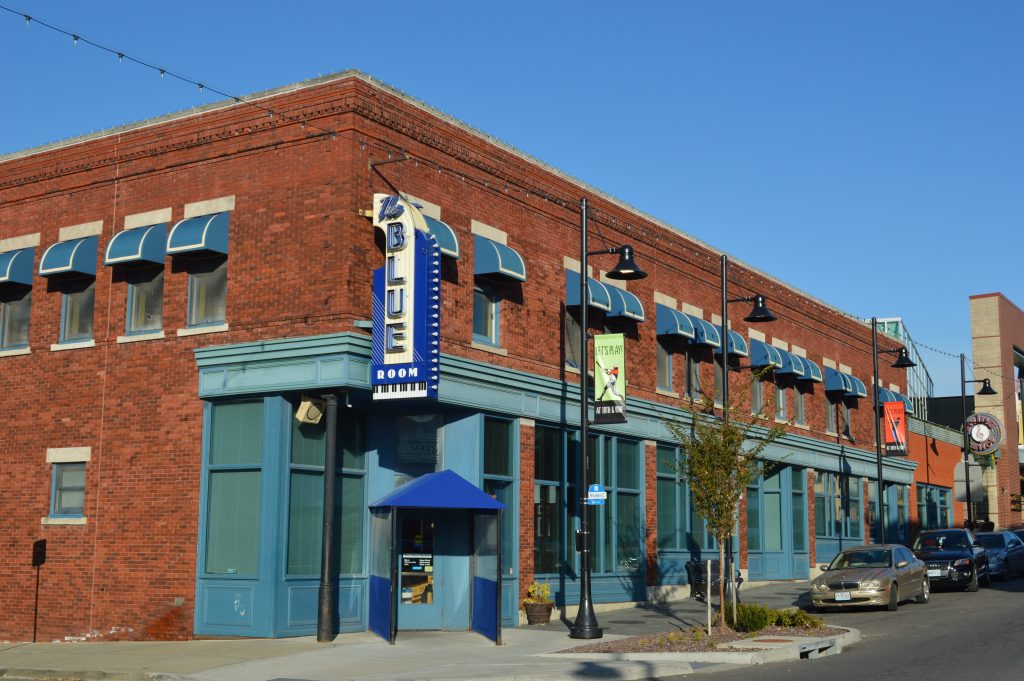
Friday: Diverse Voices in a Contested City
The final day of the workshop will focus on how politically disenfranchised groups influenced the changing fabric of Kansas City in the 1920s and 1930s. Participants will visit the Guadalupe Centers and learn about its history. Once a Catholic settlement house for Mexican immigrants who settled in Kansas City’s Westside, it is now the longest continuously operating Latinx organization in the United States.
NEH Educators will tour the current headquarters, built in 1936 in a Spanish mission style and located down the street from its initial location at the rectory of Our Lady of Guadalupe Church. Through their engagement with this site, Wide-Open Town participants will explore the long history of the Mexican immigrant and Mexican American community in Kansas City and how the Guadalupe Centers has served as a significant cultural, social, and educational organization for over a century.
After a farewell lunch at the Guadalupe Centers, participants will present their ideas for final lesson plans and projects.
Featured Speakers: Sandra Enríquez, Jason Roe, Sarah Bell, and Jane Greer.
